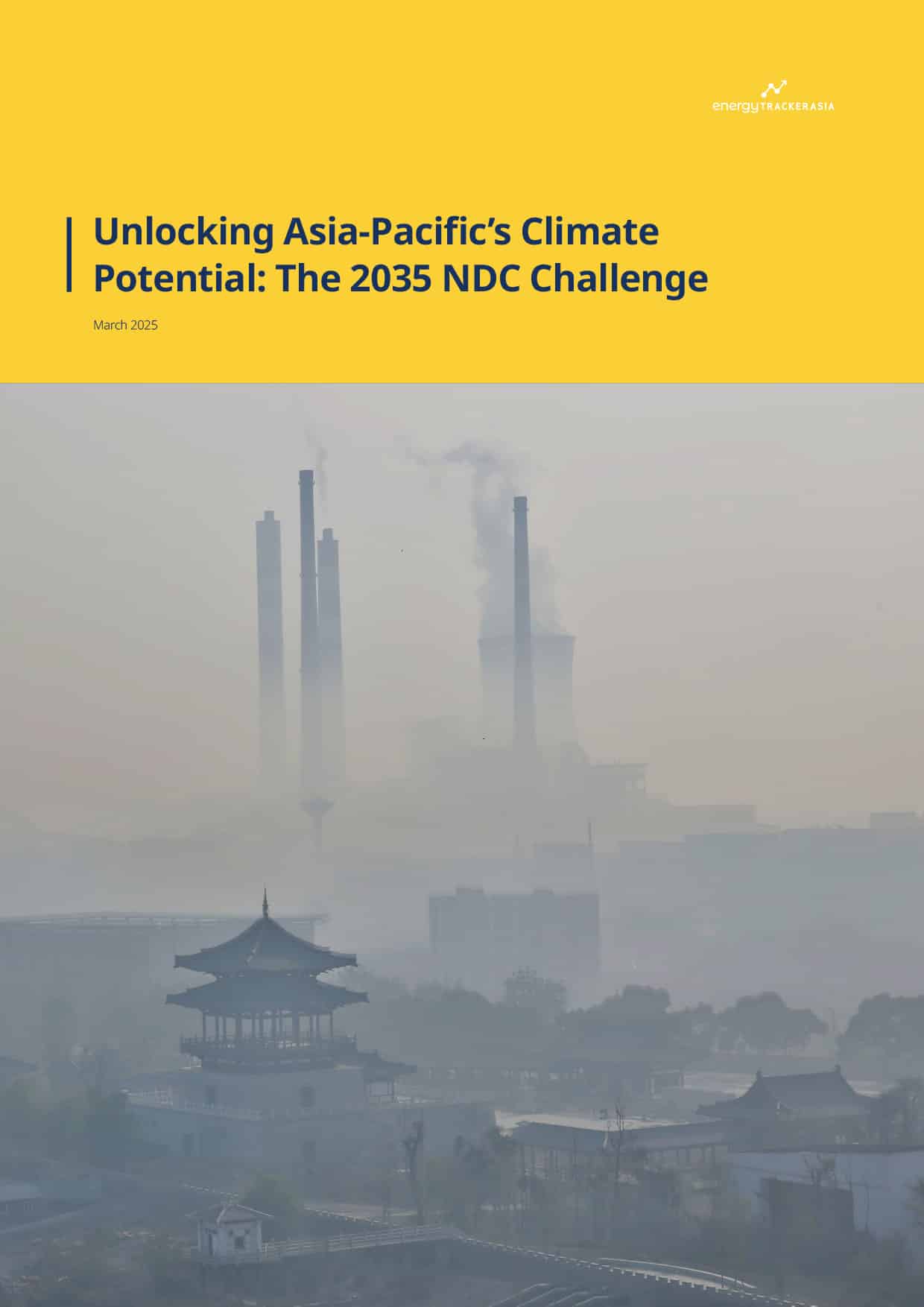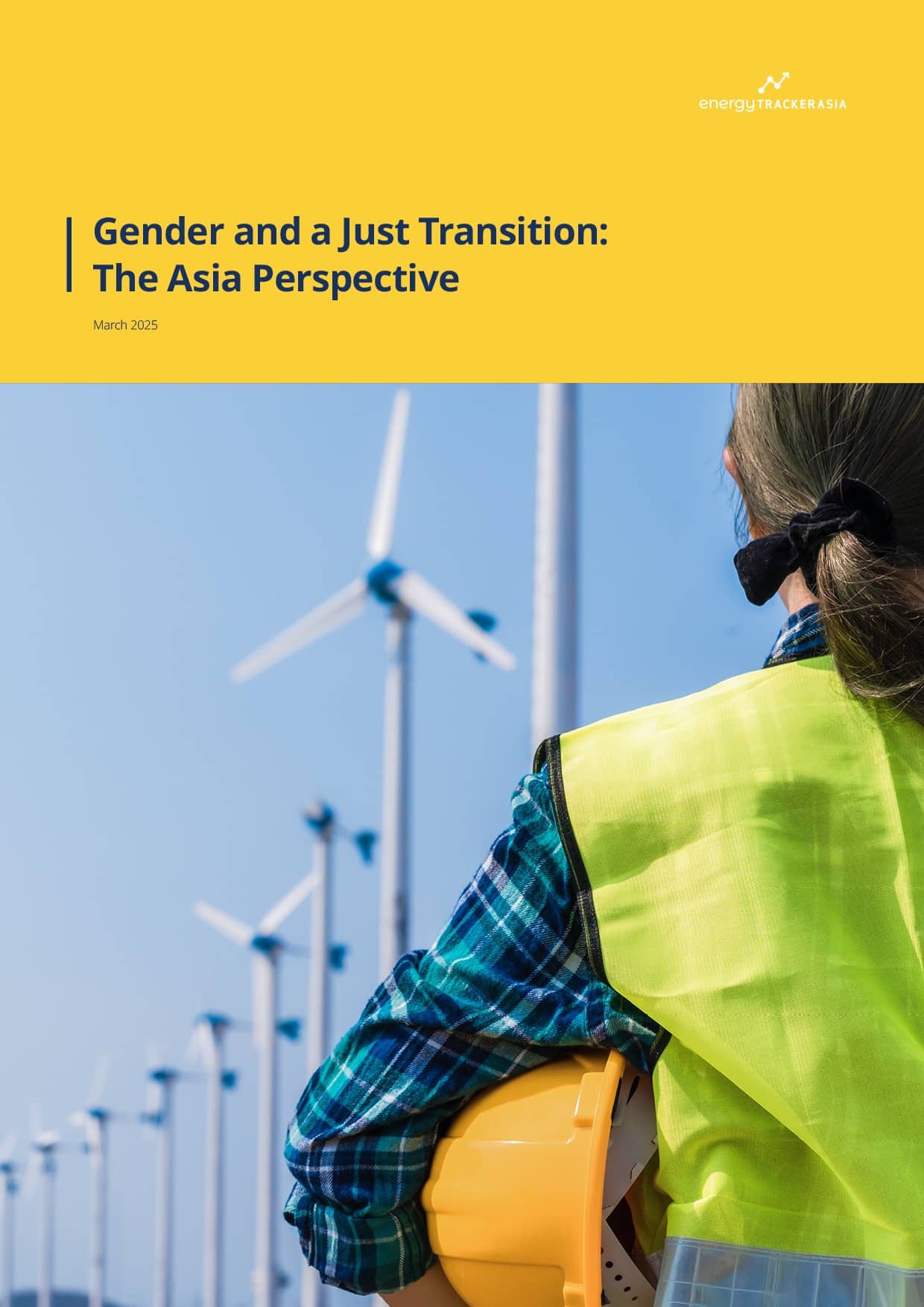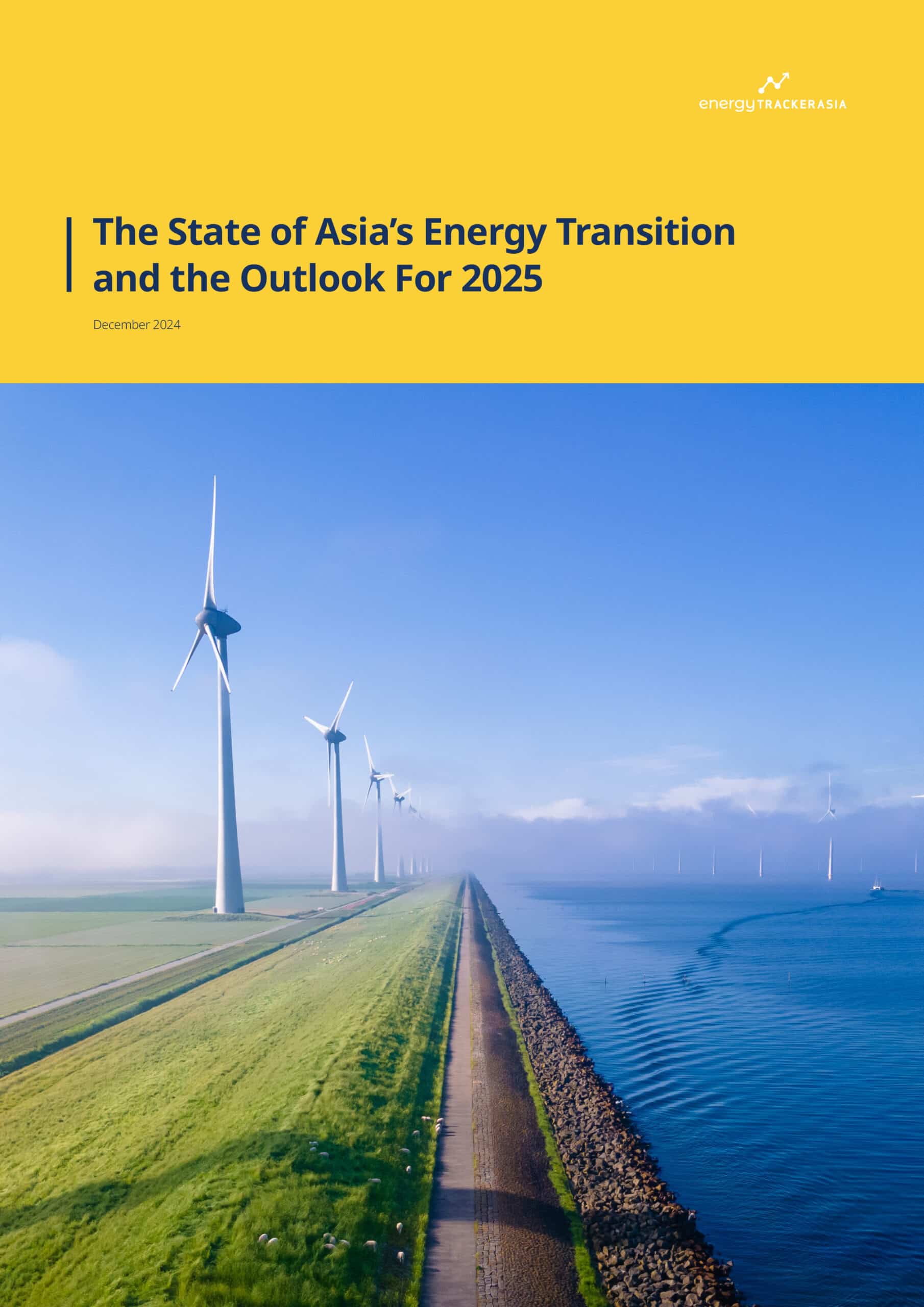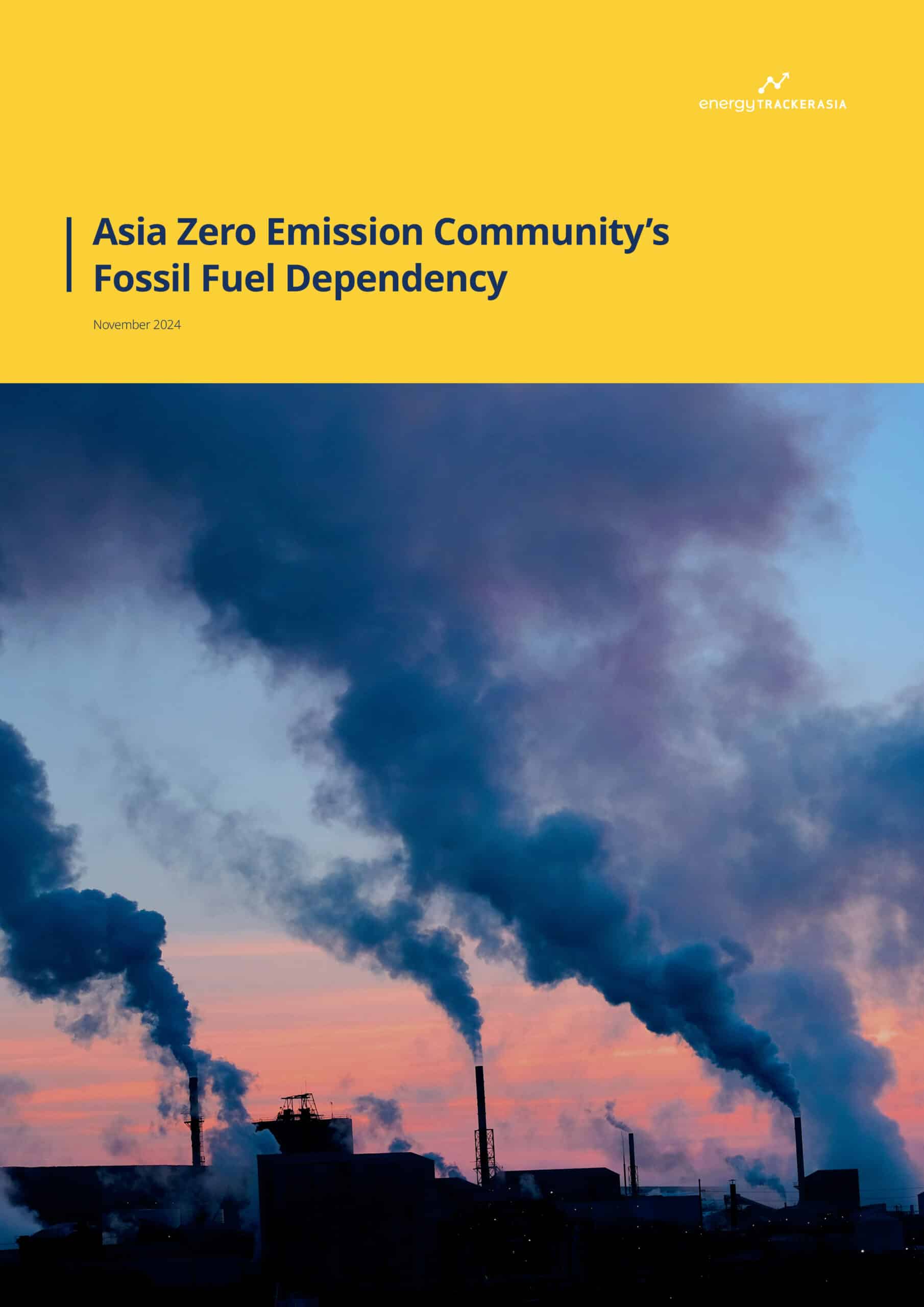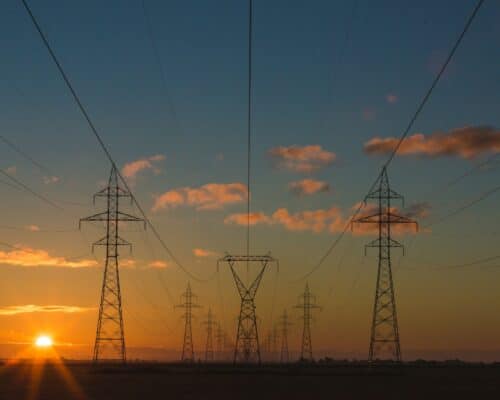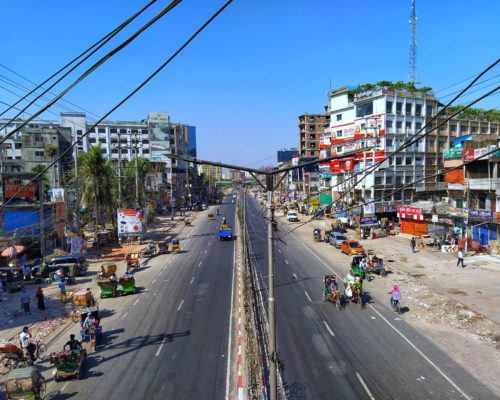2025 House of Councillors Election Results Bring Uncertainty For Japan
11 August 2025 – by Viktor Tachev
The Liberal Democratic Party (LDP) in Japan lost the House of Councillors election held on July 20, 2025. The way the 1989 paper “Japan’s House of Councillors Election: A Mini-Revolution?” described the loss of the LDP at the time can also be used to summarise the party’s results in 2025: “Not only did it lose, it managed to do so with a substantial margin.”
According to most experts and political analysts, the loss will further undermine the country’s political stability, affecting all areas of governance and the ruling party’s decisions. Energy and climate policies are likely to be on the chopping block, which, paired with the fact that Japan is among Asia’s leading energy financiers and a key driving force behind the region’s energy transition, leaves little room for optimism regarding the climate emergency.
The 2025 House of Councillors Election Results: A Blow to the Ruling LDP, Political Uncertainty To Follow
At the House of Councillors elections held on July 20 this year, the ruling LDP and its coalition partner, Komeito, lost the majority of the upper house — the less powerful of the two chambers in Japan’s Diet. The results came after the coalition had already lost the more powerful lower house last October, marking the first time in history that the LDP has lost majorities in both legislative houses since the party’s establishment in 1955.
While the LDP and Komeito needed to win at least 50 seats to retain their majority in the Japanese parliament’s upper house, in the end, their final tally was 47 seats. The result marked a major 19-seat retreat from before the vote.
Right-Wing Parties Gained Support
Populist and right-wing parties with agendas targeting economic woes, as well as anti-foreigner, anti-vaccine and anti-globalism ideas gained significant support. Of those, the far-right Sanseito, which emerged on YouTube during the COVID-19 pandemic by spreading conspiracy theories about vaccinations and a group of global elites, won 14 seats, up from just one before the elections. However, the fragmentation of the right-wing parties in the country prevented the formation of a viable and united opposition.
Analysts are confident the results will deepen uncertainty over Japan’s political stability, with Prime Minister Ishiba potentially facing calls from within the LDP to step down or find another coalition partner. Some experts believe that President Donald Trump would likely prefer Ishiba to remain in office in order to continue with the recently negotiated US-Japan trade deal.
The Implications of Japan’s Election Results on the Energy and Climate Policies
While the 2025 elections won’t directly impact the nation’s policymaking process, they can influence the approval or veto of the cabinet’s decisions, including those related to energy, climate and other areas.
Importantly, the results come as Ishiba attempts to reach a tariff deal with the US, one of the government’s key focus areas in the last couple of months. The Japanese leadership has managed to navigate the process relatively successfully, including agreeing to a unified 15% tariff ceiling on various goods, down from a potential 25%. While the move has allowed Ishiba to temporarily avert a bigger shock to Japan’s export industry, the deal hasn’t been without concessions and comes at a steep price, including a promised USD 550 billion investment in the US economy. Japan has already begun working to reduce the USD 100 billion trade deficit between the two countries, primarily through oil and gas deals, including the purchase of record amounts of LNG, financing a gas project in Alaska and other initiatives.
After the defeat, Japanese Prime Minister Ishiba Shigeru said he intends to remain in power and noted that he believed his government’s steps to relieve prices had yet to be felt by many voters. However, rising costs and Japan’s energy policy, including key moves by the Ishiba government, are interlinked. For example, the decision to further increase LNG imports risks exposing it to volatile fossil fuel prices and rising energy costs. As a result, heavy dependence on fossil fuel imports isn’t only a threat to the country’s climate goals and energy security, but also a decision with potential economy-wide impacts, including exacerbating the mounting fiscal and monetary pressures. Since experts have identified economic woes as the key factor for voters, if the government proceeds with the same course of action, it risks losing even more support.
Furthermore, experts believe that the now stronger opposition parties could further complicate Ishiba’s efforts to reach a trade deal with the US and avert Washington’s looming decision to impose tariffs on various exported goods in the future. Oil and gas top the list of imports from the US, and they are likely to remain the most widely used tools in negotiations to avoid further increases in tariffs on other goods.
The country has already submitted the official version of its 2035 NDC, and the document has received strong criticism from campaigners for being too unambitious. The plan pledges a 60% emissions reduction target by 2035 and 73% by 2040, compared to 2013. According to Climate Action Tracker, the proposed 2035 target fails to align with the Paris Agreement, which requires at least an 81% reduction by 2035 across all sectors.
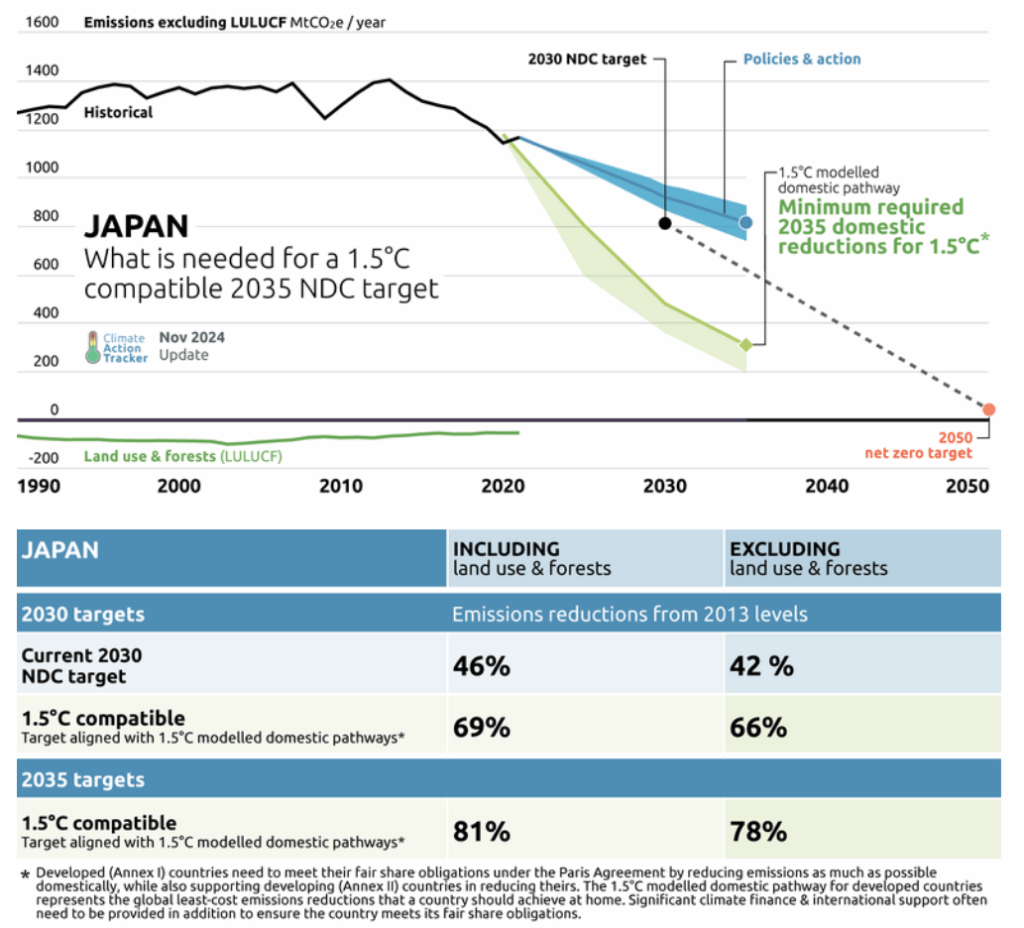
Japan urgently needs to scale up its climate action efforts and overcome its fixation on fossil fuels, both domestically and internationally. According to reports, corporate fossil fuel interests, represented through the Japan Business Federation (Keidanren), fuel the government’s lack ambition to advance the clean energy transition and have turned the country into the world’s ”dirtiest” fossil fuel financier, with over 50% of global international public finance for completed LNG projects since 2012 and projects under construction or due by 2026. Furthermore, under the influence of its corporate lobby, Japan is effectively exporting its slow transition across the region by promoting fossil fuel-based technologies.
While the LDP-Komeito coalition still retains a plurality in Japan’s parliament, it lacks a majority in either house and is likely to need new partners, including by having to make concessions to smaller parties’ priorities. In light of the growing influence of far-right parties, such as Senseito, and its open admiration for the policies of the Trump administration, as well as Germany’s AfD and Reform UK, Japan’s clean energy transition and climate action might take yet another blow.
Furthermore, getting on track with a net-zero pathway requires structural reforms and significantly more financing, with Bloomberg NEF estimating that the country realistically needs around 1,100 trillion yen (USD 7.7 trillion) until 2050. This is unlikely to bode well with the opposition, which is fixated on cutting costs.
Japan’s Political Headwinds Promise Uncertainty and Risk Derailing the Already Lacklustre Energy Transition Progress
The election results could mark a watershed moment that plunges Japan into an era of political fragility. On the one hand, if Ishiba remains in power, he would have to contend with legislative gridlock, including the risk of making compromises on key policy items to garner support from the opposition. On the other hand, the revolving door of prime ministers is again looming, with experts seeing a potential change of leadership within the ruling party to trigger a political crisis and a potential short-term policy paralysis.
However, as Prime Minister Ishiba rightfully noted after the elections: “Changes in the external environment, such as the international situation, or natural disasters, cannot wait for the political situation to improve.”
Japan, alongside other G7 nations, must lead global climate action, in which it has largely failed to date. Paired with the country’s influence on the energy stage across Southeast Asia, one of the world’s most at-risk regions to climate change, the political instability stemming from the election results, as well as the potential need to make concessions to opposition parties to pass bills, appears as yet another big question mark around Japan’s climate leadership.
Worryingly, the recent election results and the division they have sown might indicate that the heavily criticised energy transition progress and the weak climate ambition demonstrated to date could turn out to be the best the country could offer in the foreseeable future.
by Viktor Tachev
Viktor has years of experience in financial markets and energy finance, working as a marketing consultant and content creator for leading institutions, NGOs, and tech startups. He is a regular contributor to knowledge hubs and magazines, tackling the latest trends in sustainability and green energy.
Read more